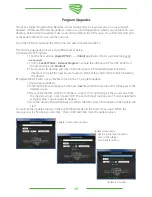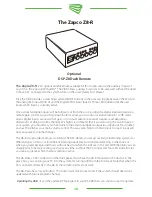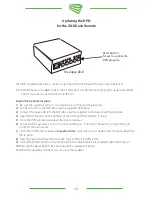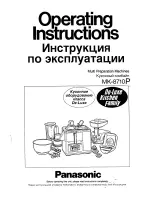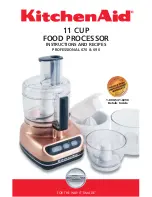
Sonic Purity
Our dedication to sonic purity requires that the highest quality internal components are used.
Resistors
All resistors (other than power resistors) are 1% precision low noise metal film. This is a key reason
why
Zapco
products have the industries' best low noise specifications, and why you won't see as
much fluctuation in our test certificates as you will with other brands. Precision resistors also reduce
distortion and improve channel matching.
Capacitors
Capacitors are similar to batteries. Like a battery, they store energy and have electrolyte (internal
fluid). Also like a battery, a capacitor can have a very limited life. “Computer grade” capacitors for
example, are reliable only in cool environments with very little current applied to them. Only the
best high current and high temperature capacitors should be used in an auto-sound application.
Although these capacitors typically cost five times as much as those commonly used in other
brands, Zapco insists that no audio degradation will occur over tim
e
Zapco Signal Processing
Zapco virtually created the concept of high sound quality processing in the late 70's when we created
the PEQ. This was a high voltage preamp/EQ with an audiophile input stage and 9 bands of equalization
for each channel. It brought a whole new level of performance to car sound. In the 90's the name was
changed to SEQ and the unit is still sought after today after in the used audio market.
In the 80's we took processing to another new level with the PX. This was the first audiophile quality
preamp EQ with a multi-order crossover. In addition, all four EQ bands were parametric, so now you could
customize the EQ parameters to you car. The result: By the late 80's even non-Zapco dealers had to have a
source of PX's for all their competition.
The next leap was in the 90's, when Zapco introduced the SX, (later to become the SX-SL). This unit
expanded the Parametric EQ to 5 bands, added dual high pass and three way band pass crossovers,
added variable crossover slopes, ands bass-to-highs balance.
In 2004 Zapco Introduced the DSP-6, stand-alone, PC controlled Digital Signal Processor. We also
introduced the DC Reference line of Amplifiers. These were the first ever PC controlled amplifiers, with
on-board DSP's for each and every channel. The DC Reference amps were controlled by the revolutionary
Zapco DPN control network that allowed a single PC screen to control each amplifier in the system
separately and to apply memory settings globally to the network.
In 2012 Zapco introduced the DSP-Z8 Digital Processor. The DSP-Z8 added two more output channels,
increased the signal delay resolution, added muting by channel or channel pair and added a voltage
actuated EQ band to each channel. The DSP Z8 also added Speaker level input for OEM integration
accepting input level as high as 22 Volts to handle the most powerful of factory stereo amplifiers.
2

















